
The problem with power is that, eventually, it runs out. To help cope with this inevitability, scientists at the University of Washington have developed prototype "ambient backscatter" devices that can passively harness the juice in radio and TV waves. Because they don't generate their own signal, these devices can get by on the juice they siphon from the air -- communicating by absorbing or reflecting binary information from existing signals, instead. According to the researchers, these signals can travel as far as 6.5 miles from a TV tower at speeds of 1KB per second.
Although the project is still in its infancy, its creators are already thinking up practical applications. Ambient backscatter tags could be built into buildings or bridges, for instance, and alert monitoring stations to potential structural damage or defects. The team also imagined tagged keys and furniture, warning a user if they accidentally dropped something between the couch cushions -- all without an energy source. This type of tech could bring us closer to the internet-of-things future we've been promised, allowing smart communications to exist virtually anywhere. The Huskies said this could even enable a dead smartphone to send TV signal-powered text messages -- which could be great considering how often we forget to charge our handsets.
Filed under: Wireless, Science
Comments
Via: Dvice
Source: University of Washington
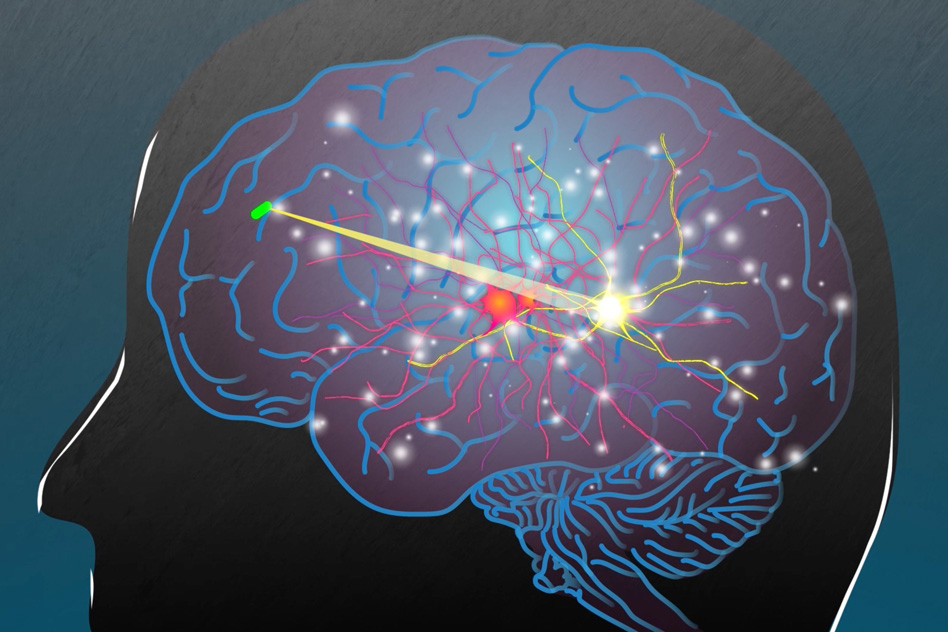 Researchers at MIT are working on tiny implantable devices that can communicate and be powered wirelessly. In the future, they could be used to deliver drugs, treat disease or monitor conditions from inside a human body. Because the devices don't req...
Researchers at MIT are working on tiny implantable devices that can communicate and be powered wirelessly. In the future, they could be used to deliver drugs, treat disease or monitor conditions from inside a human body. Because the devices don't req...
 Researchers at MIT are working on tiny implantable devices that can communicate and be powered wirelessly. In the future, they could be used to deliver drugs, treat disease or monitor conditions from inside a human body. Because the devices don't req...
Researchers at MIT are working on tiny implantable devices that can communicate and be powered wirelessly. In the future, they could be used to deliver drugs, treat disease or monitor conditions from inside a human body. Because the devices don't req...
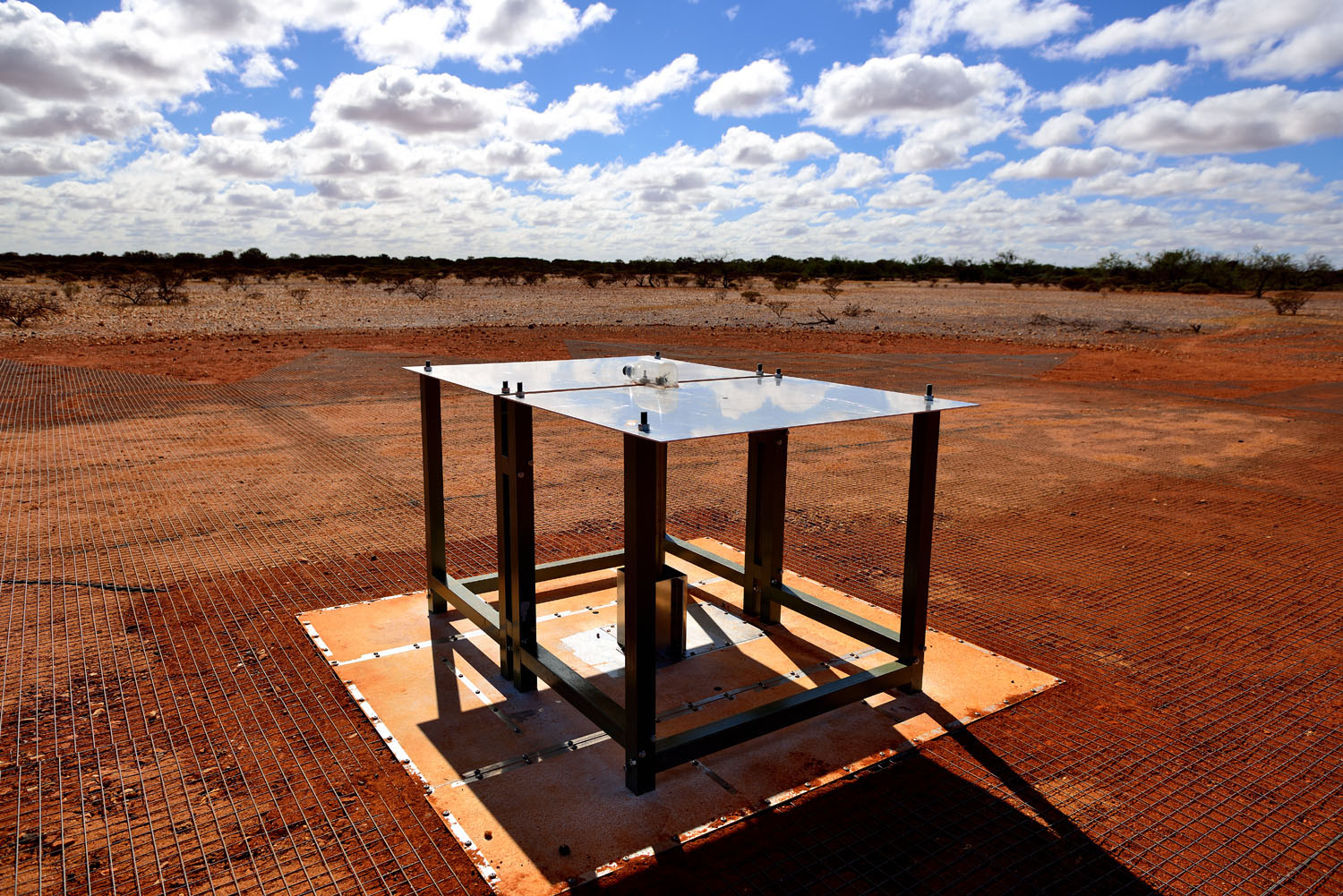 The early development of our universe is still quite a mystery, but in a new study published today in Nature, researchers describe what may be evidence of when the first stars began to form. After the Big Bang, which took place some 13.7 billion year...
The early development of our universe is still quite a mystery, but in a new study published today in Nature, researchers describe what may be evidence of when the first stars began to form. After the Big Bang, which took place some 13.7 billion year...
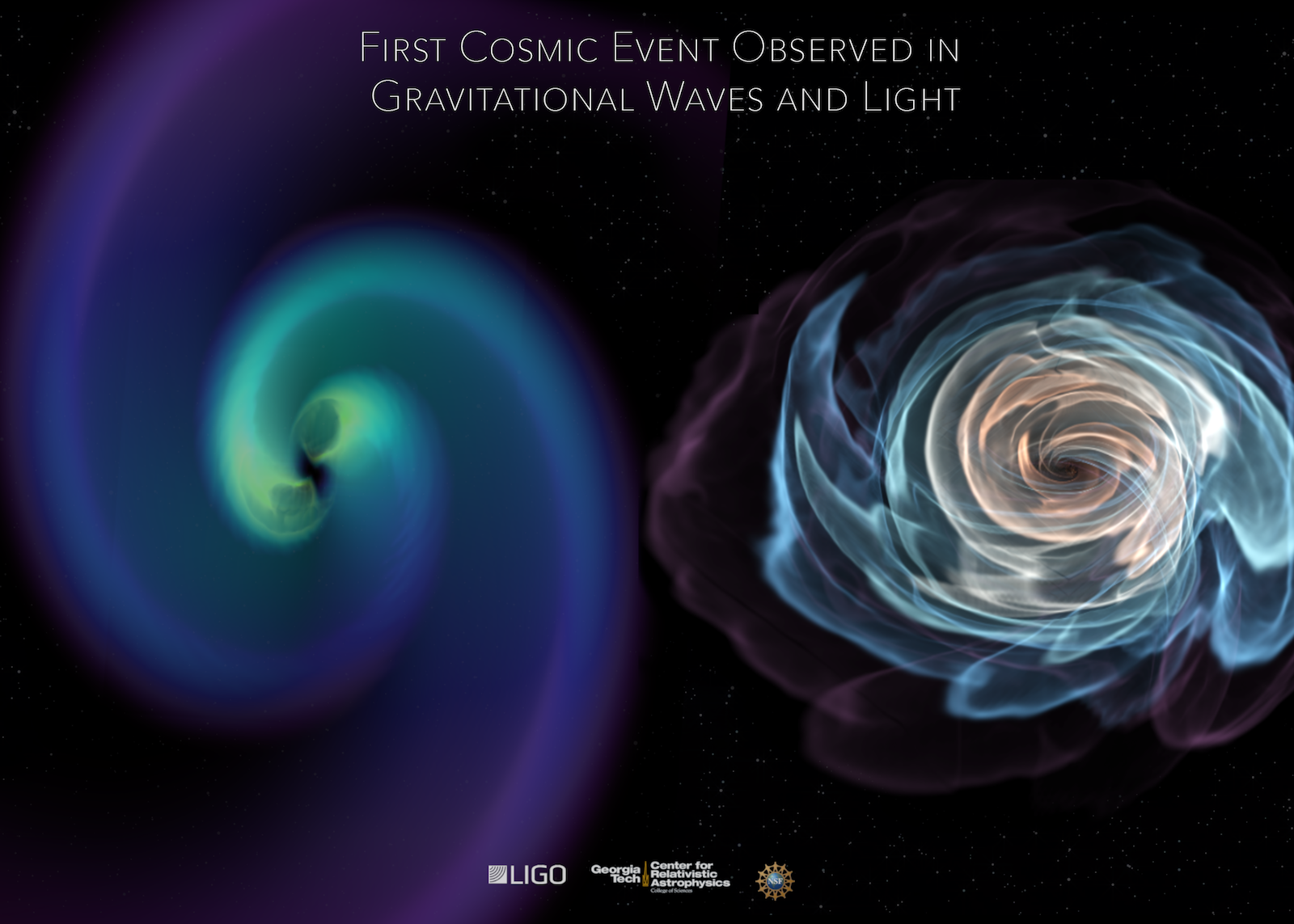 A couple of weeks ago, the LIGO (Laser Interferometer Gravitational-Wave Observatory) and Virgo teams announced the detection of another set of gravitational waves -- the fourth since LIGO's first detection in September of 2015. The observations of t...
A couple of weeks ago, the LIGO (Laser Interferometer Gravitational-Wave Observatory) and Virgo teams announced the detection of another set of gravitational waves -- the fourth since LIGO's first detection in September of 2015. The observations of t...
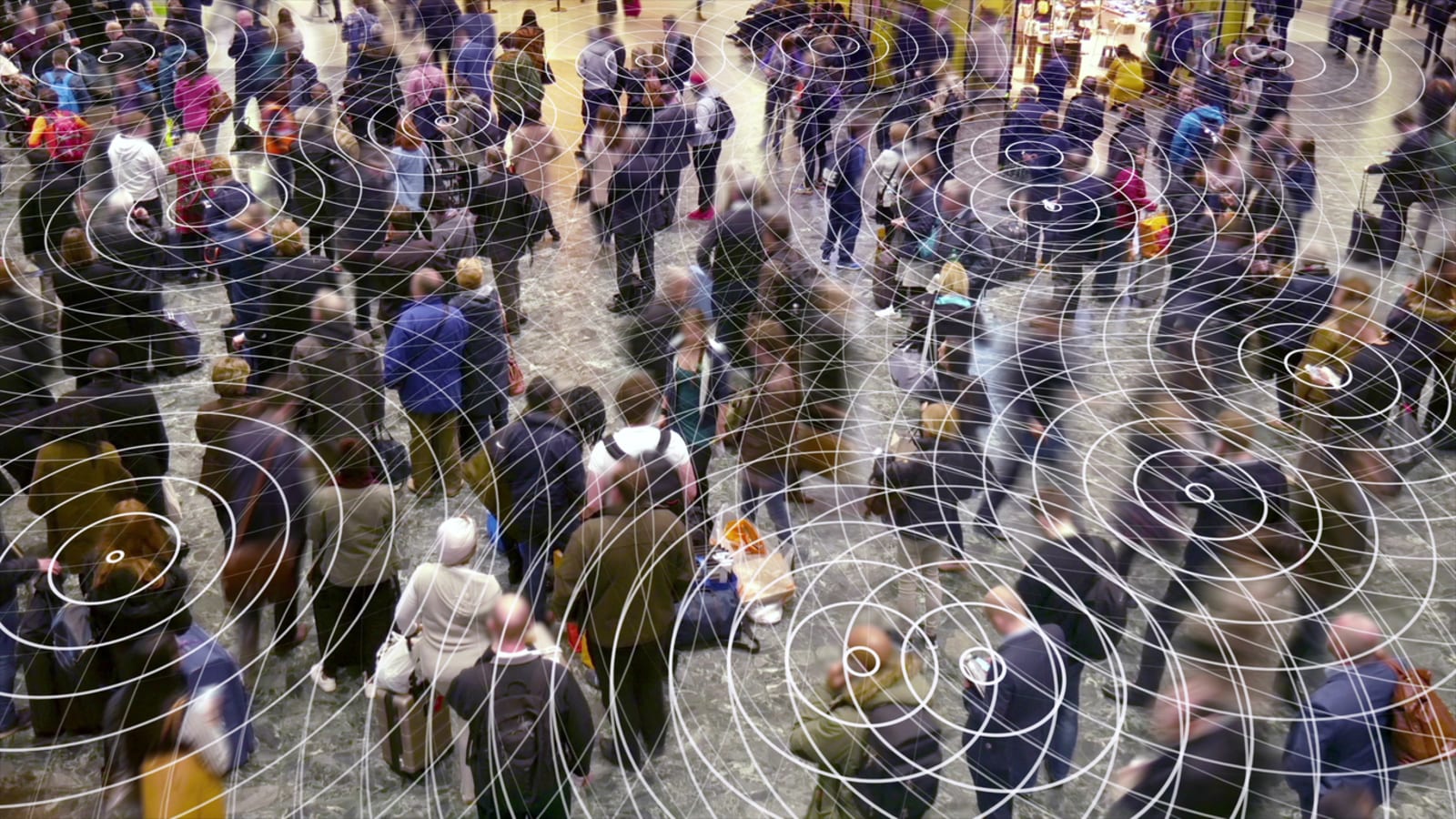 Seemingly every connected device has at least one wireless radio in it. However, that often requires some big compromises. Those radios often chew up a lot of power, which isn't always practical with Internet of Things gadgets that may not have muc...
Seemingly every connected device has at least one wireless radio in it. However, that often requires some big compromises. Those radios often chew up a lot of power, which isn't always practical with Internet of Things gadgets that may not have muc...
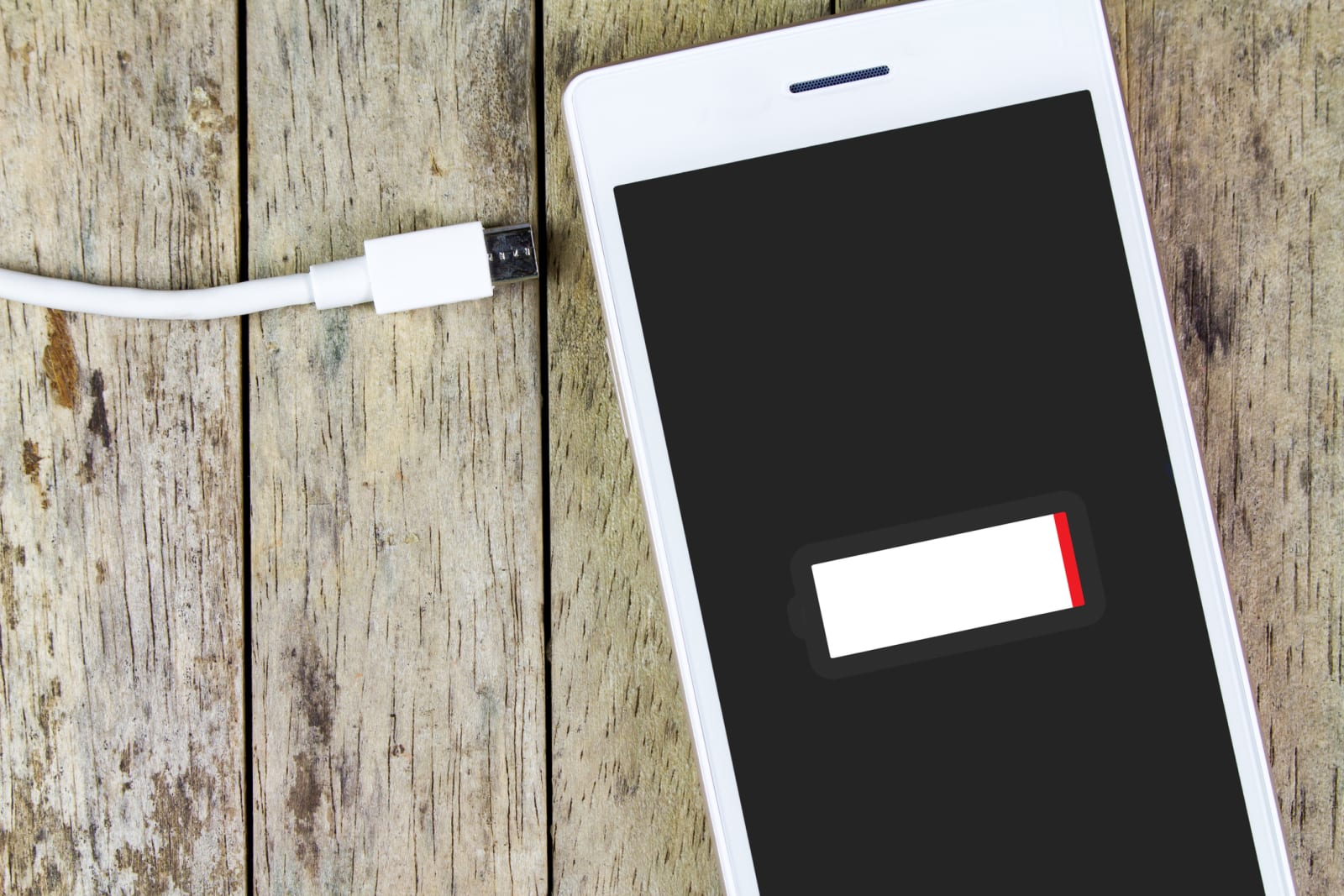 When you think of wireless charging, you probably think of special charging pads for your phone. But what if your phone could partly charge itself? Radient Micro-Tech claims to have managed just that. It just received two patents for technology that...
When you think of wireless charging, you probably think of special charging pads for your phone. But what if your phone could partly charge itself? Radient Micro-Tech claims to have managed just that. It just received two patents for technology that...




